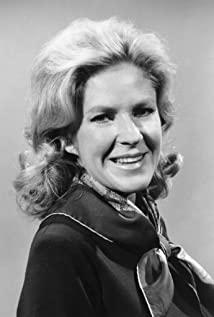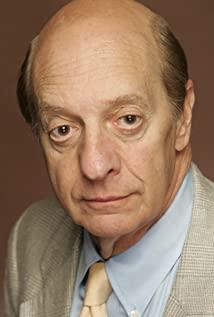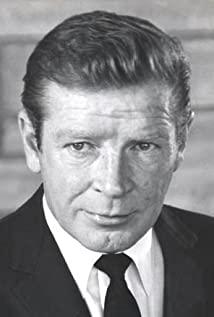This movie is a different kind of story than Gogol's envoy.
I in Gogol would call it an allegory, and this film I would prefer to call it a miracle.
The film uses a lot of references and metaphors. Of course, I'm not just talking about the gardener thing.
It's like solving a riddle.
From the perspective of observing the whole story, I believe many people have noticed that it is walking on the water at the end of the film. This scene and the tombstone with the triangular eyes of the Masonic at the funeral earlier pushed the religious meaning of the whole film to the apex.
This is the thread of the whole riddle, and everything will be solved accordingly. A thousand readers are a thousand Hamlets in the details, so I won't go into details here.
In addition, I would like to remind you of a few details that make me think.
The first is Krylov's fable mentioned by the Soviet emissary.
Second, the whole film is repeatedly interspersed with pain, treatment, death, and peace.
Third, when the protagonist walks out of the old house, he has a dialogue with the black young man. The black young man asked the protagonist to bring a letter to Raphael. He never finds Raphael in the feature film. In the tidbits at the end of the film, the protagonist finally said the message after laughing several times.
Raphael saves not only the body, but also the faith.
It's a comedy.
View more about Being There reviews











